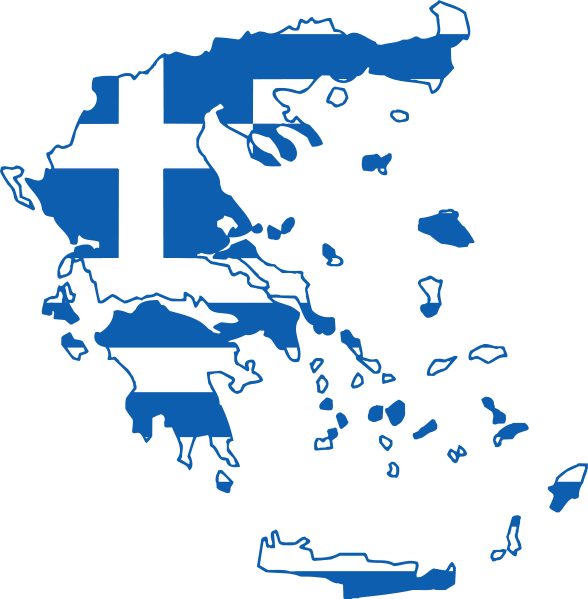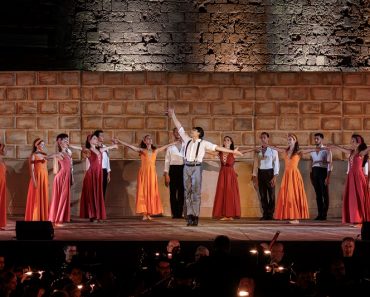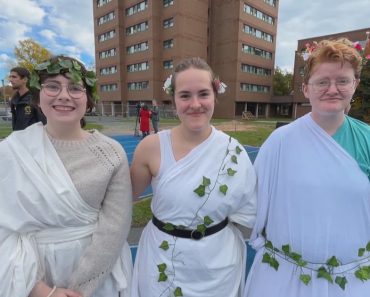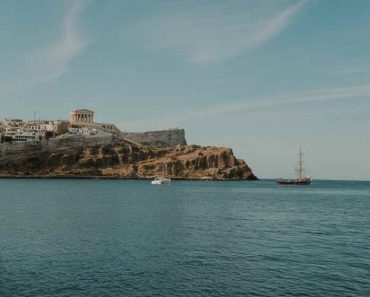
Environment and Energy Minister Stavros Papastavrou and Cutlure Minister Lina Mendoni. Photo source: Culture Minister
Greece is launching a pioneering initiative that unites culture and nature, with the goal of protecting biodiversity in its archaeological sites.
The initiative, titled “BIAS II: Biodiversity in Archaeological Sites”, was developed by the Greek Ministries of Culture and Environment in collaboration with the National & Kapodistrian University of Athens, the National Hellenic Research Foundation, and the Natural Environment and Climate Change Agency (N.E.C.C.A.).
Funded with 1.09 million euros the program builds on the success of the first BIAS initiative, working to protect and highlight biodiversity within Greece’s archaeological sites while emphasizing their dual role as cultural landmarks and natural ecosystems.
“Our archaeological sites are not only living monuments of history but also vital refuges of biodiversity,” said Culture Minister Lina Mendoni. “Our goal is to preserve this invaluable natural and cultural wealth, showcase it for future generations, and enhance the sustainability of archaeological sites by connecting them more closely with local communities and Greece’s future.”
Documenting Greece’s biodiversity heritage
The project includes two sub-projects: documenting flora and fauna, and studying biodiversity from antiquity through the 18th century.
Greek archaeological habitats cover less than one percent of the country’s territory yet host 11 percent of its biodiversity. As a result, Greece ranks among Europe’s most biodiverse countries, home to one in three species on the continent, despite occupying only 1.3 percent of its land area.
In the first program, researchers documented over 10,460 species of flora and fauna across 20 emblematic archaeological sites — among them the Acropolis, Olympia, Delphi, and Delos. The findings confirmed that, beyond their cultural significance, these sites also act as biodiversity refuges. BIAS I was internationally recognized as an innovative model for integrating the protection of natural and cultural heritage.
It is estimated that the country is home to around 5,900 plant species and 35,000 animal species, many of them endemic. Archaeological sites can therefore be seen not only as “museums of history” but also as “islands of life,” where cultural and natural wealth coexist organically.
With BIAS II, research will expand to a broader network of sites across Greece, examining the interaction between humans, history, and the natural environment. These include Mycenae, Knossos, Gortyna, Vergina, Amphipolis, Monemvasia, Geraki Castle, the Aggitis Springs, and Dion, along with key island sites such as Kastellorizo, Agathonisi, the Nea Moni of Chios, and the Heraion of Samos.
“Our nature and culture are inextricably linked and are central to our homeland. It is therefore particularly important for the BIAS program to highlight and protect these two aspects of Greece’s national wealth,” noted Environment and Energy Minister Stavros Papastavrou.
Discover more about the species in Greece’s archaeological sites by clicking here and scanning the QR codes.
Follow GTP Headlines on Google News to keep up to date with all the latest on tourism and travel in Greece.








